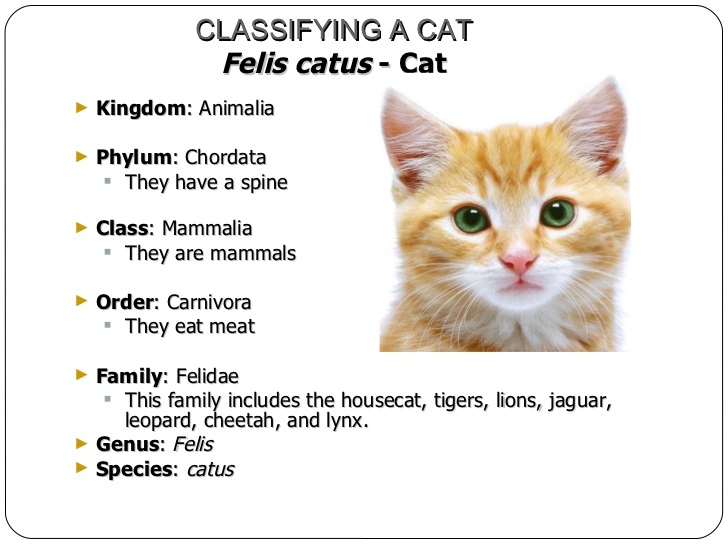Understanding the Digestive System of our Domesticated Carnivores: Why pH matters.
Published on December 21, 2019
Where does Digestion start for our Domesticated Carnivores?
Before jumping into the physical components of the digestive system, I believe it is important to start with the foundation that that our dogs are essentially wolves as their DNA is 99.8% identical to a gray wolf.
Comparing house cats to tigers, for example, their DNA is 95.6% the same and you may be surprised by how alike our domesticated cats are to their large cat cousins. *
*https://feline-nutrition.org/one-page-guides/cats-are-cats
Let’s check out how our Domesticated Carnivores (Dogs, Cats, and Ferrets) are classified:
- Starting from the top, dogs, cats and ferrets are found within the Animal kingdom and (as you know) they are further classified as a Mammals
- The Mammal order is then specified as Carnivora, meaning “a mammal who eats meat”. --> Check out your Carnivora’s teeth and claws adapted for catching and eating other animals!
- Next, Carnivora is broken out in families which is based on similar features
- The Canidae family would include domestic dogs, wolfs, foxes, etc.
- The Feliforms family would be your cats, domestic and wild
- The Mustelidae family would include weasels, badgers, otter, and ferrets
- Genus then links closely related animals with very similar features
- The genus Canis for example, would include the following species:
- Familiaries, domestic dog
- Lupus, the gray wolf
- Latrans, coyote
- The genus Faludi would include:
- Panfara; tigers, leopards, jaguars, lions
- Puma; panthers and cougars
- Felid, small wild and domestic cats
- The genus Mustela would include:
- Putorius, ferret, or the domesticated European polecat
- Altaica, mountain weasel
- The genus Canis for example, would include the following species:
Here is the classification of a cat to illustrate:

Referring back to how animals are classified can be fundamentally important when considering diet and understanding the digestive system. So now that we have our foundation, let's dive a bit deeper.
Have you ever heard that pH is very important?
Starting with a definition, Wikipedia defines pH as "a scale used to specify how acidic or basic a water-based solution is. Acidic solutions have a lower pH, basic solutions have a higher pH. At room temperature, pure water is neither acidic nor basic and has a pH of 7."
So why is pH important? A low pH, or highly acidic stomach is important for our Domesticated Carnivores because digestive enzymes work best in an acidic environment and the acidic nature of the stomach helps to sterilize pathogens and bacteria. This is also important to break down bones.
Remember that urine pH levels should be around 6-6.5 for healthy dogs and pH levels can occur naturally at this level when fed a prey model diet.
Reputable source links:
Within the blog here is more information regarding the importance of pH for felines, in particular.
https://thewholedog.com/dogs-are-carnivores/ also mentions: "The carnivore stomach is not only a sterilizing chamber, due to the low pH (high acid content – HCL) but it is also the initial site of protein digestion, primarily by pepsin – secreted by the epithelial lining of the stomach
God designed the dog’s stomach acids to be much stronger than ours and they are designed for digesting large lumps of meat and even good size pieces of RAW bone. The ability of the carnivore stomach to secrete hydrochloric acid is exceptional. Carnivores are able to keep their gastric pH down around 1-2 even with food present. This is to facilitate protein breakdown and to kill the abundant dangerous bacteria often found in decaying flesh foods."
So now that you understand why pH is important, let's talk about how pH is balanced in the stomach to properly digest a species appropriate diet.
From my Raw Food Specialist course for Canines, I've learned that Hydrogen and Chloride are secreted into the stomach where they form Hydrochloric acid. The Hydrochloric acid keeps the pH of the stomach around 2.0 and the acidic environment kills most harmful bacteria.
Also, Pepsinogen is converted into the proteolytic enzyme Pepsin. Pepsin is active at a pH between 1-2 and its job is to break down the peptide bonds in amino acids which is the start of protein digestion.
Consider Thiamine (B1) levels in the diet. Thiamin is a big part in energy metabolism and B1 is involved in making hydrochloric acid. Dietary sugar is known to deplete Thiamin.
Thiamin deficiency will affect the ability of digestion, which can can anorexia, cataract, heart disease, polyneuritis and depression.
Thiamin rich foods include, fish, lean pork, venison and liver.
Now, how quickly the stomach empties depend on a few factors. Water and watery foods empty faster than solid foods. While carbohydrates empty faster than proteins and proteins are emptied faster than fats. Emptying is delayed when the pH of the stomach is alkaline or high in pH. Everything slows down.
Testing pH:
Dr. Karen Becker discusses urine at a glance and what urine can reveal about health here:
https://healthypets.mercola.com/sites/healthypets/archive/2015/07/29/dog-urinalysis.aspx
Articles on Mixing Raw and Kibble (must reads):
https://feline-nutrition.org/nutrition/raw-meat-and-kibble-dont-mix
https://therawfeedingcommunity.com/2018/01/29/gastric-ph-in-raw-kibble-fed-dogs/
There is so much more to the digestive system and pH and the stomach are two primary components and I will share more as time allows.
Remember, you are your pet's biggest advocate and I encourage you to keep pressing the boundaries of your knowledge and understanding as diet can have a big health impact on their lives, as well as yours.
Yours truly,
Ashlee Luke, owner of Hare Today
(12/21/2019)




